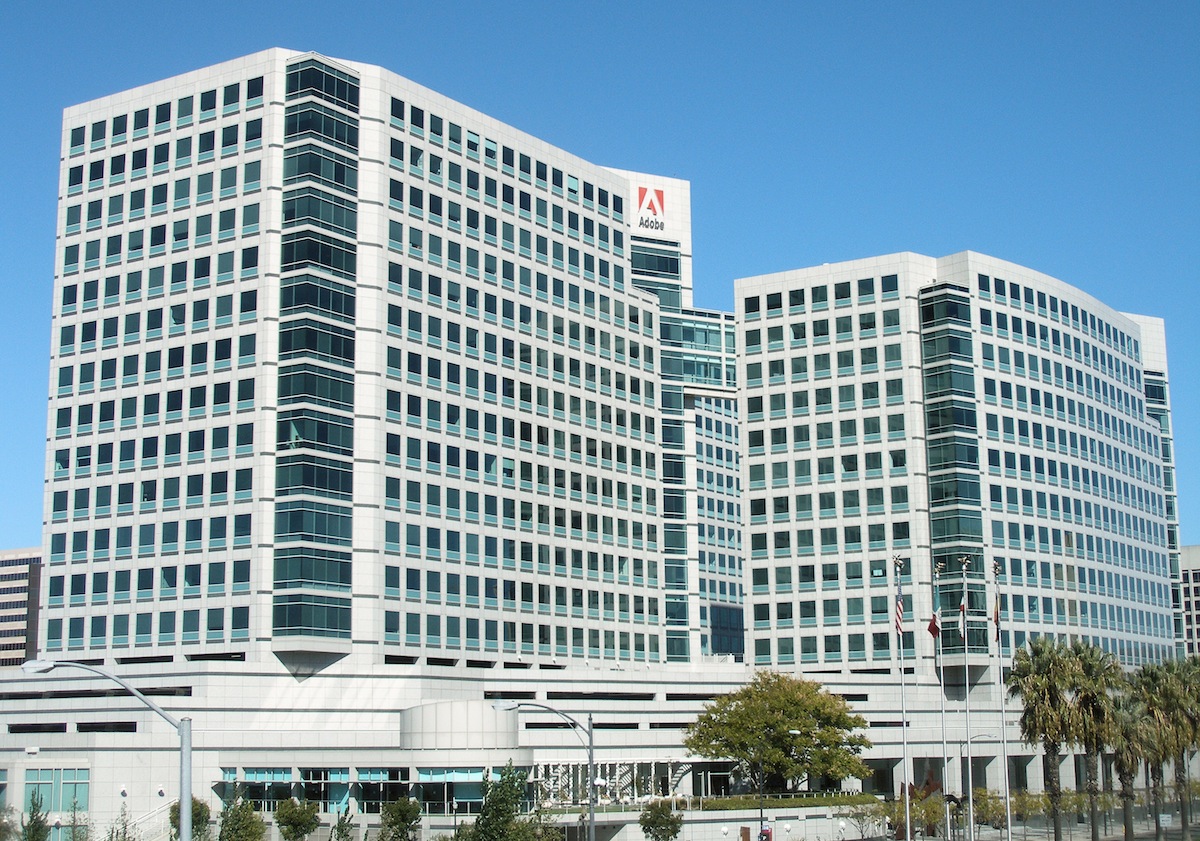Spending by U.S. businesses on new and used structures and equipment rose 4.5%, from $1.42 billion in 2012 to $1.49 billion in 2013, according to the latest economic data released today by the U.S. Census Bureau.
These findings come from the 2013 Annual Capital Expenditures Survey, which provides statistics on capital spending for new and used structures and equipment by U.S. non-farm businesses with and without paid employees. This survey, conducted annually since 1994, is an integral part of the federal government’s effort to improve and supplement ongoing statistical economic programs.
Highlights:
• Investments for new and used structures totaled $577.9 billion in 2013. The vast majority of this amount, $545.0 billion (94.3%), was spent on new structures. Expenditures for used structures totaled $33.0 billion (5.7%) in 2013.
• Investments in new and used equipment totaled $910.3 billion in 2013, up $57.0 billion (6.7%) from $853.2 billion in 2012. The majority of this amount (94.1%) was for new equipment, which totaled $856.7 billion in 2013, an increase of $56.5 billion (7.1%) from $800.2 billion in 2012. Expenditures for used equipment (5.9% of the amount) totaled $53.5 billion in 2013.
• Companies with employees accounted for $1.4 trillion (93.9%) of total capital spending in 2013.
• Of the 19 North American Industry Classification System (NAICS) major industry sectors covered in this report, only one sector had a statistically significant year-to-year decrease in capital spending: The utilities sector (NAICS 22) showed a decrease of 10.6%, from $125.0 billion in 2012 to $111.7 billion in 2013. Eight sectors had a statistically significant increase in capital spending and ten showed no statistically significant change during this period.
Related Stories
| Sep 20, 2022
NIBS develops implementation plan for digital transformation of built environment
The National Institute of Building Sciences (NIBS) says it has developed an implementation and launch plan for a sweeping digital transformation of the built environment.
| Sep 20, 2022
New Long Beach office building reflects Mid-Century Modern garden-style motif
The new Long Beach, Calif., headquarters of Laserfiche, a provider of intelligent content management and business process automation software, was built on a brownfield parcel previously considered undevelopable.
| Sep 19, 2022
New York City construction site inspections, enforcement found ‘inadequate’
A new report by the New York State Comptroller found that New York City construction site inspections and regulation enforcement need improvement.
| Sep 16, 2022
Fairfax County, Va., considers impactful code change to reduce flood risk
Fairfax County, Va., in the Washington, D.C., metro region is considering a major code change to reduce the risk from floods.
Multifamily Housing | Sep 15, 2022
Heat Pumps in Multifamily Projects
RMI's Lacey Tan gives the basics of heat pumps and how they can reduce energy costs and carbon emissions in apartment projects.
| Sep 15, 2022
Monthly construction input prices dip in August
Construction input prices decreased 1.4% in August compared to the previous month, according to an Associated Builders and Contractors analysis of U.S. Bureau of Labor Statistics Producer Price Index data released today.
| Sep 15, 2022
First LEED Platinum, net zero and net zero water synagogue opens
Kol Emeth Center, the world’s first LEED Platinum, net zero and net zero water synagogue, opened recently in Palo Alto, Calif.
| Sep 14, 2022
Fires on Amazon warehouse roofs seemingly caused by faulty PV installations
Amazon has made installing solar panels on rooftops a key part of its ESG strategy, but a series of events last year show how challenging greening up major facilities can be.
| Sep 14, 2022
Indian tribe’s new educational campus supports culturally appropriate education
The Kenaitze Indian Tribe recently opened the Kahtnuht’ana Duhdeldiht Campus (Kenai River People’s Learning Place), a new education center in Kenai, Alaska.
| Sep 13, 2022
California building codes now allow high-rise mass-timber buildings
California recently enacted new building codes that allow for high-rise mass-timber buildings to be constructed in the state.

















